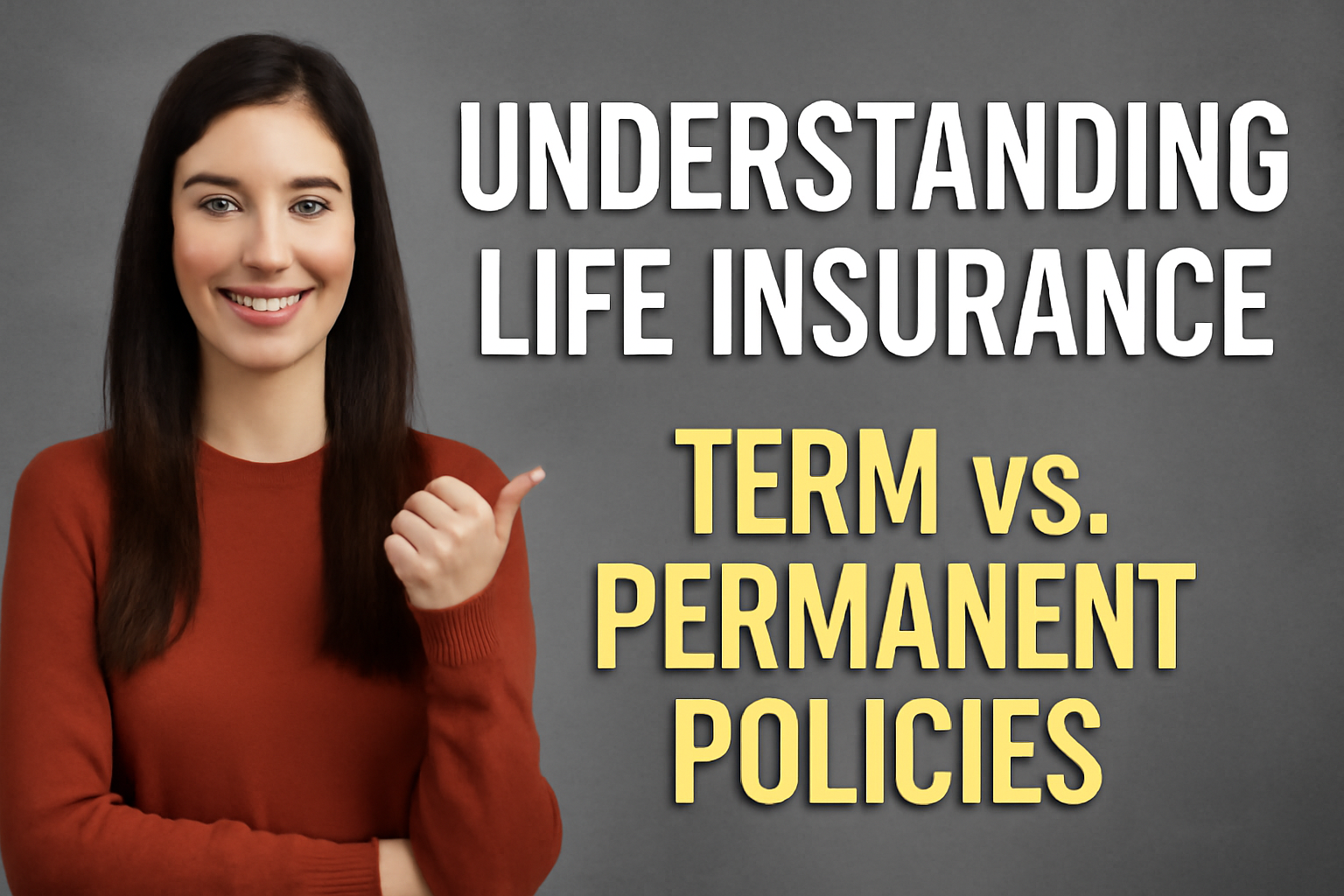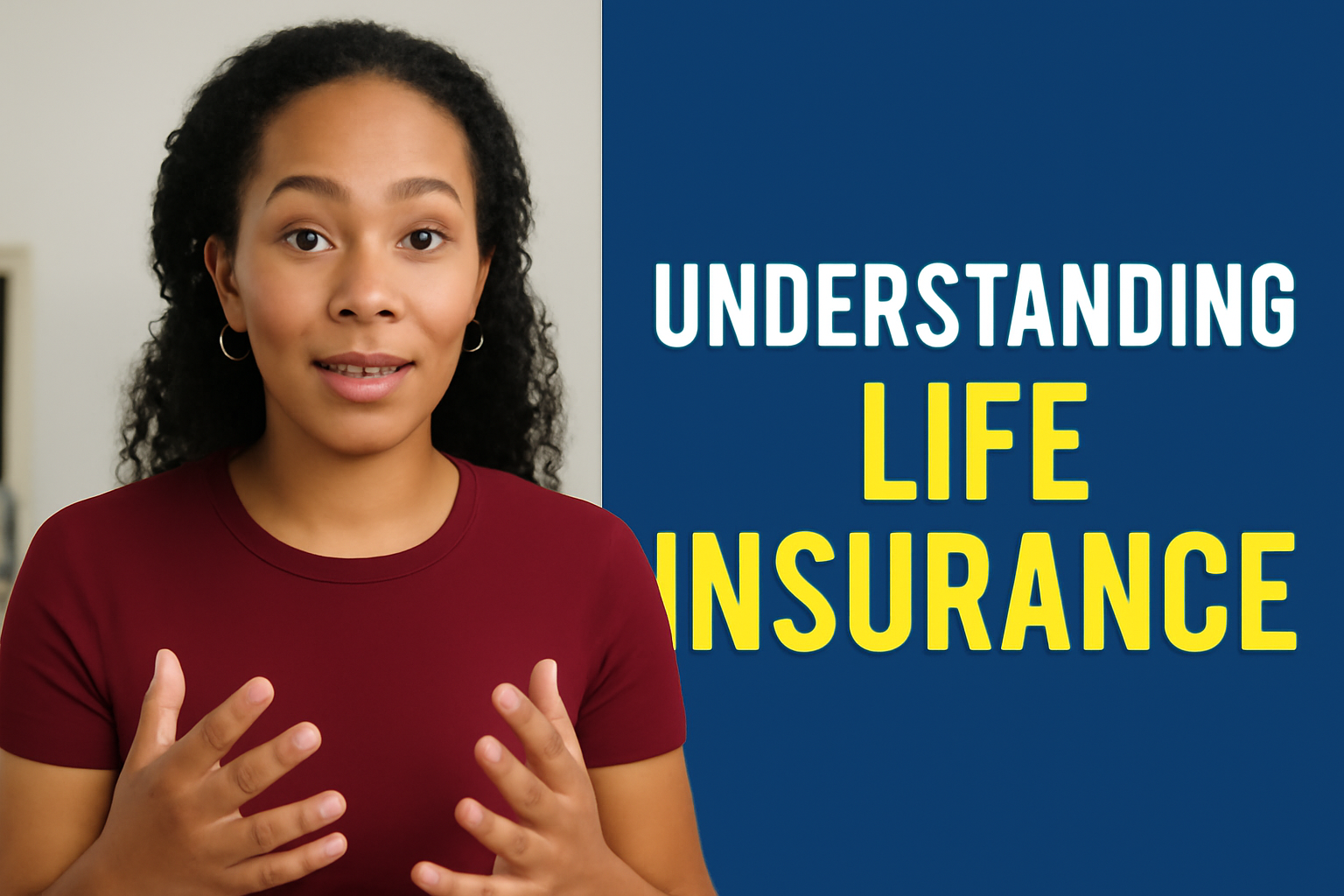Welcome back to Whiteboard Finance! My name is Marco, and I’m here to help you master your money and build your wealth. In this video, we’re going to talk about the differences between term life insurance and whole life insurance.
Why Life Insurance is Essential
Insurance is one of those things in life that’s pretty much necessary because, well, life happens. I could finish recording this video right now, go for a bike ride, and get hit by a car, and that’s that — Whiteboard Finance is over. Even though I’d like to think that my audience would create a Facebook memorial page and share my videos into eternity, we all know that probably wouldn’t happen. The fact is, we’re all eventually going to need life insurance at one point or another throughout our lives.
Sponsored Content: Simply Safe Home Security System
Before we dive into life insurance, I’m excited to announce that this video is sponsored by Simply Safe, an excellent home security system that’s completely wireless. I trust this system because I use it myself. Simply Safe ensures that your home is professionally monitored 24/7, so if anything happens, they make sure the police get called. It’s easy to install and use, with no contracts and just 50 cents a day.
What is Term Life Insurance?
So, what is term life insurance? Term life insurance provides coverage for a set period of time — most commonly for 20 to 30 years. If you or your spouse passes away during this period, the beneficiaries, usually your spouse or children, will receive the payout. The nice thing about term life insurance is that it’s affordable, much more so than whole life insurance. For example, for every $7 in term life insurance for a 20-year coverage period, you’d likely pay around $100 for a similar 20-year whole life policy.
The Pros of Term Life Insurance
Term life insurance has no cash value, meaning you’re not building any savings or investing money. It’s akin to car insurance: you pay a fixed amount for coverage, but it’s not designed to accumulate value. The major pros include affordability, income replacement, debt payoff, and business policies. For example, if you’re a breadwinner making $50,000 a year, you should typically have a policy worth 10 to 12 times your salary to ensure your family can live off the interest in the event of your death.
The Cons of Term Life Insurance
However, term life insurance isn’t without its drawbacks. A major con is that it’s costly to renew. As you age, premiums increase, meaning renewing a policy at age 60 will be much more expensive than it was when you were 30.
What is Whole Life Insurance?
Now, let’s talk about whole life insurance. Whole life has three main components: premiums, death benefits, and cash value. The premiums are much higher compared to term life insurance, with much of the money going towards administrative fees and commissions. The cash value is the part that many agents push you to buy into, as it’s the investment aspect of the policy.
The Cash Value of Whole Life Insurance
The idea behind whole life insurance is that the premiums you pay accumulate cash value over time. However, the reality is that after all the fees, commissions, and costs, you typically end up with a very low return — usually around 1.5% to 2.2%. That’s not a great deal when you consider that this cash value doesn’t even go to your beneficiaries.
The Pros of Whole Life Insurance
The pros of whole life insurance are that it provides coverage for life, unlike term insurance. You also have guaranteed premiums, and the cash value is non-taxable, meaning it can grow without being taxed up to a certain limit. Additionally, you can borrow against the cash value.
The Cons of Whole Life Insurance
However, whole life insurance has several cons. The most obvious is that it’s expensive. The premiums are much higher than term life insurance. Another major drawback is the inflexibility — you have no control over how your premiums are allocated. The cash value accumulation is slow, and most importantly, your beneficiaries don’t get that accumulated cash value when you pass away — the insurance company keeps it.
The Cost Comparison: Term vs. Whole Life Insurance
Let’s quickly go over a cost comparison. For a 31-year-old with a $100/month budget, he could get $125,000 in coverage for both term and whole life insurance. However, the term policy would cost around $7/month, while the whole life policy would cost $100/month. If you were to invest the $93 difference from the term policy at an average 8% return over 20 years, you’d end up with around $52,917, while the whole life policy would give you just $25,983. That’s a $28,000 difference.
Final Thoughts: Which Insurance is Right for You?
I hope this video helped clarify the differences between whole life and term life insurance. There are many factors to consider, including your health, age, and financial situation. For me, once I grow a family, I’ll be getting term life insurance because it makes the most sense for my current circumstances. But whatever your choice, make sure to weigh the pros and cons carefully.
Thank you for watching! If you found value in this video, share it with a friend, give it a like, and please subscribe if you haven’t already. Have a prosperous day!



